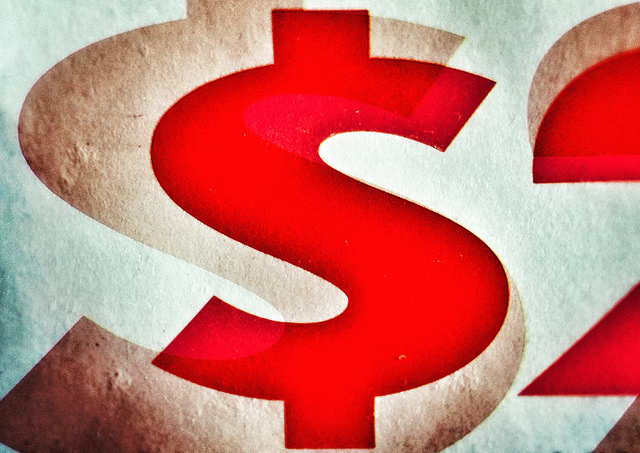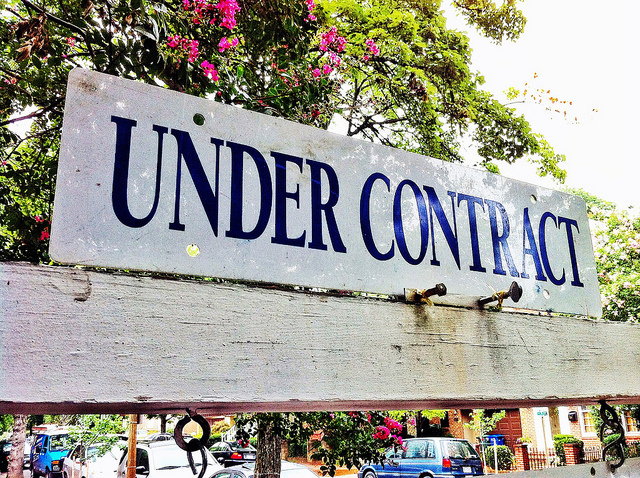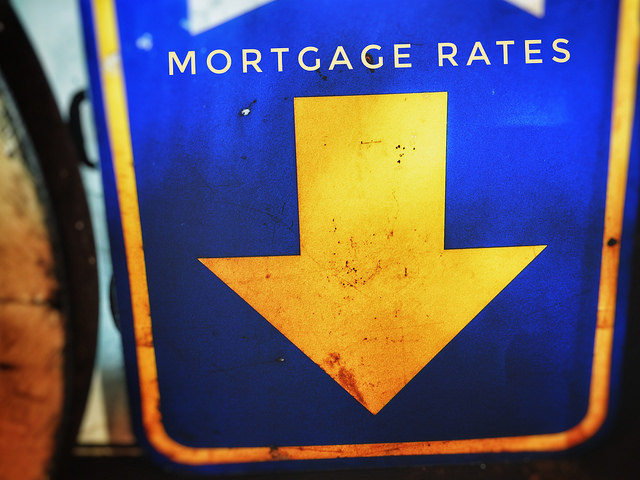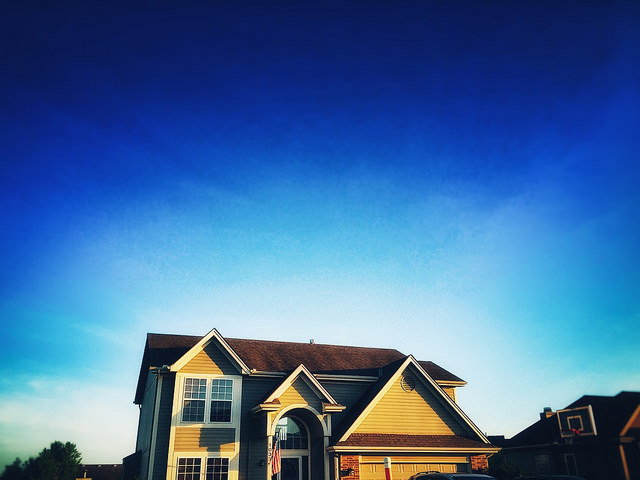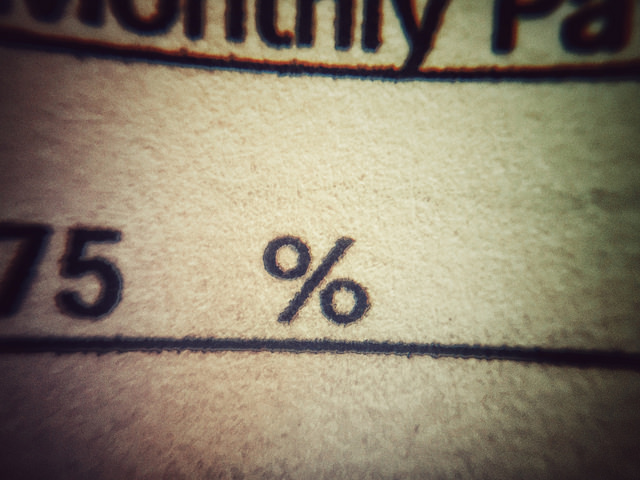Home prices are expected to match their 2006 high at some point later this year, according to CoreLogic’s chief economist, Frank Nothaft. Nothaft says prices were up in March and are now just 2.8 percent below their peak. “With a forecasted increase of almost 5 percent over the next 12 months, the index is expected to reach the previous peak during the second half of this year,†Nothaft says. In fact, prices have already surpassed their previous highs in nearly 20 percent of cities included in the index. So what’s fueling the increases? Well, it’s a combination of a stronger economy, population growth, low mortgage rates, and a lower-than-normal number of homes for sale in many markets. Together, they’ve created an environment where the supply of homes can’t keep up with the number of interested buyers. And, when there are more buyers than available homes, prices rise. Still, buyers shouldn’t be scared off. Mortgage rates remain low by historical standards and that, combined with a stronger job market, should help make conditions better for buyers. Also, as the sales season continues, more homeowners will put their homes up for sale, helping to balance the market and slow future price gains. More here.



